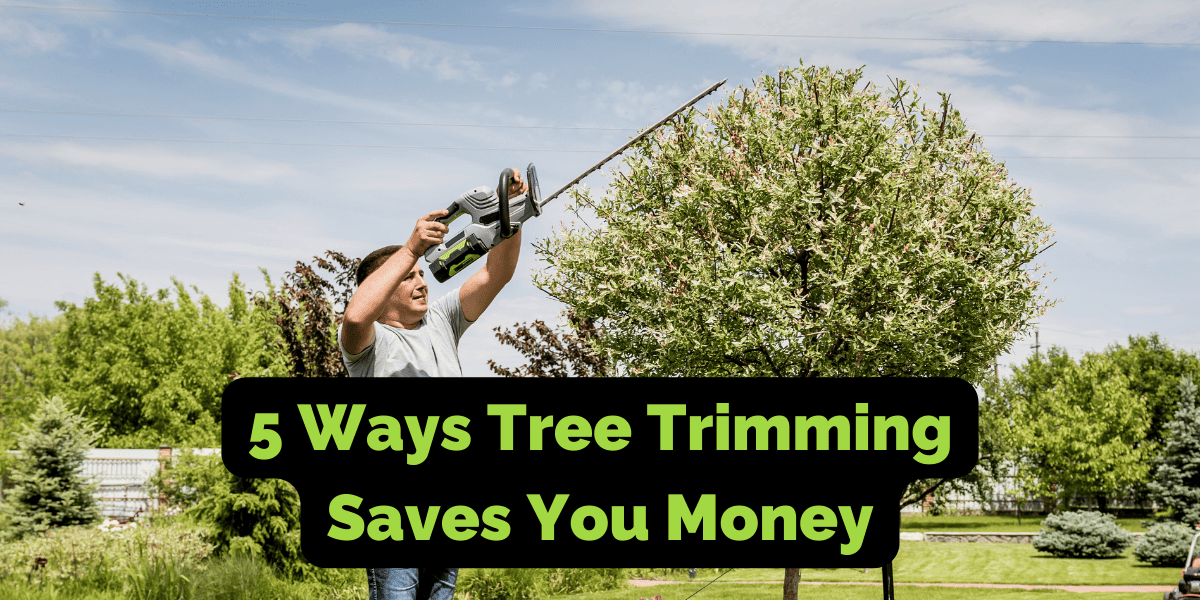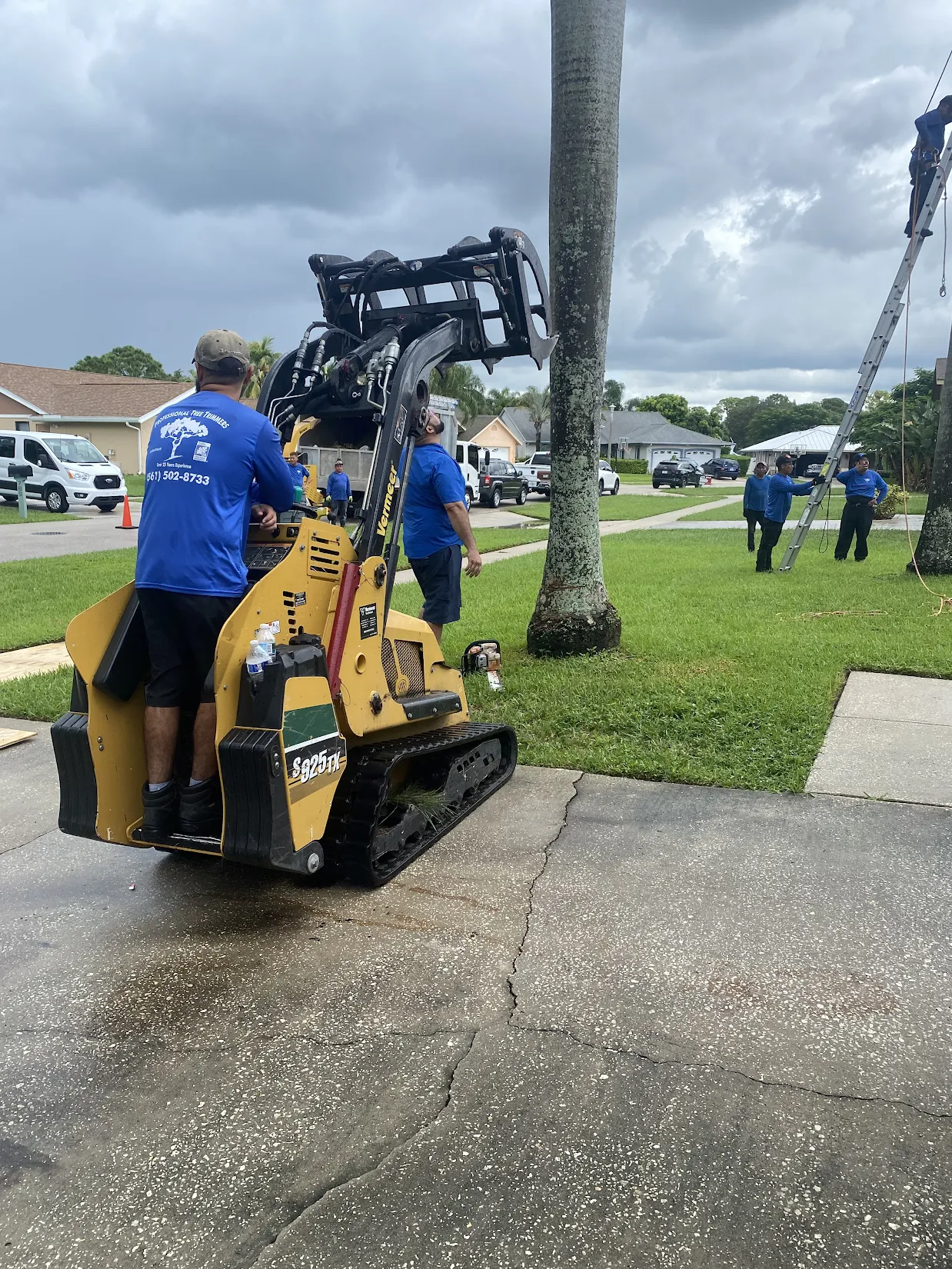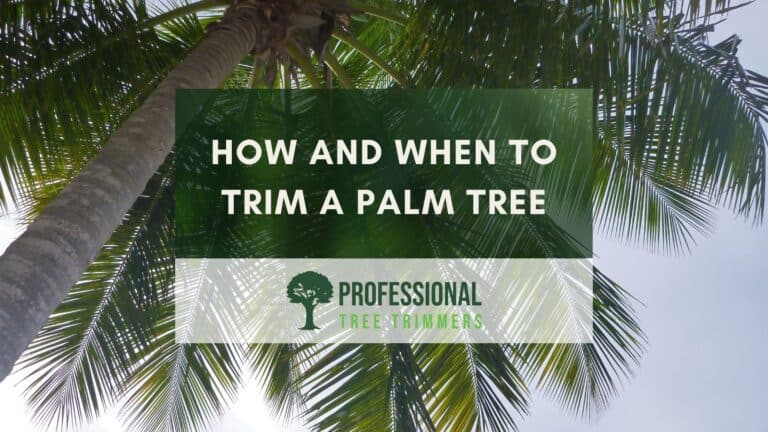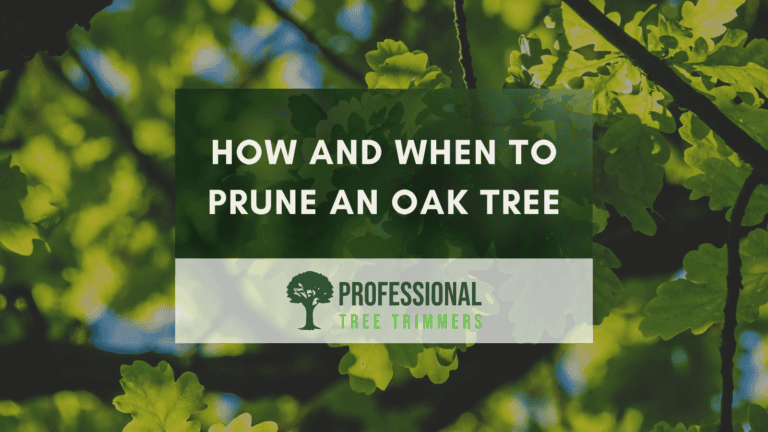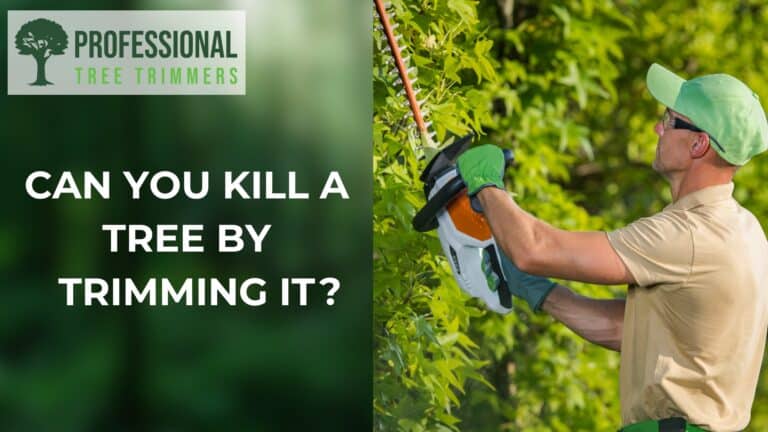Tree trimming involves the careful removal of specific branches or sections of a tree to improve its overall health, appearance, and structural integrity. It is a proactive measure that goes beyond mere aesthetics, focusing on the long-term well-being of the tree and its surroundings.
The primary purpose of tree trimming is to promote the overall health and longevity of trees. By strategically removing dead or damaged branches, the tree can allocate resources more efficiently, reducing the risk of disease and pest infestations. Moreover, tree trimming enhances sunlight penetration and air circulation, fostering a healthier environment for the tree to thrive.
Tree trimming techniques vary based on the specific needs of the tree and its surroundings. Common methods include crown thinning, which involves selectively removing branches to increase light penetration, and crown raising, which lifts lower branches to provide clearance.
5 Ways Tree Trimming Saves You Money
- Minimizes Property Damage
Tree trimming can prevent potential property damage. Regular trimming removes dead or damaged branches, reducing the risk of storm-related accidents and property damage during adverse weather. Furthermore, it promotes tree health, improving resistance to diseases, and ensuring better air circulation and sunlight exposure.
Routine tree trimming prevents costly future repairs by addressing issues such as decay and infection before escalation. Investing in professional tree trimming services ensures trees remain strong and healthy, contributing to sustained growth.
Incorporating routine tree trimming into the property maintenance plan is a wise investment. This practice adds sophistication to the landscape, protects the property from potential damage, and saves money in the long term.
- Promote Tree Health
Promoting tree health through trimming yields significant cost savings. Trimming concentrates on healthy growth by removing dead, diseased, and weak branches, mitigating the risk of pest-related issues. Pruning fosters new growth, fortifying the tree’s structure, and increased sunlight and air circulation enhance overall health. This structural enhancement reduces the chances of storm damage, minimizing the need for costly repairs.
Healthy trees translate to financial benefits by reducing the risk of property damage and preventing expensive repairs. Proper tree trimming reduces the need for interventions like emergency removal, pest control, or disease treatment, leading to lower maintenance costs. This also improves energy efficiency, decreasing reliance on artificial lighting and lowering energy bills.
Moreover, aesthetically pleasing, well-maintained trees enhance property value, providing a financial return. Regular trimming also mitigates liability risks associated with uncared-for trees causing damage.
Consulting a certified arborist helps develop a tailored, cost-effective tree care plan, optimizing investment for sustained tree health and beauty.
- Get More Sunlight
Trimming strategically placed trees can increase sunlight reaching your property, potentially leading to:
- Lower energy bills: More natural light reduces reliance on artificial lighting.
- Increased home value: Buyers often prioritize sunlit properties.
- Improved plant growth: Sunny areas benefit gardens and landscaping.
Also, according to the National Association of Realtors, emphasizing natural light can increase selling prices by up to 20%.
Strategically trimming trees not only brightens your home naturally, saving on energy bills but also has the potential to increase your property’s value. This approach creates a mutually beneficial scenario for your financial savings and overall well-being.
- Remove Pests
Tree trimming can save you money by preventing potential problems and eliminating pests, promoting growth, and enhancing overall tree health.
Tree trimming, when done strategically, contributes to substantial cost savings by effectively addressing and preventing pest-related issues on your property. Pruning plays a pivotal role in removing dead or diseased branches that are attractive to pests, thereby mitigating the risk of infestations. Additionally, it establishes an open canopy structure, allowing sunlight and air to penetrate, which is unfavorable for pests.
Trimming also plays a role in managing tree growth, preventing overhang that could facilitate pest access to your home. By maintaining a safe distance between trees and structures, especially the roof, the risk of pest-related damage is minimized. Overgrown trees can act as bridges for pests, such as ants and termites, providing them with easy access to your home.
- Creates More Space
Tree trimming can help create more space on your property while simultaneously saving you money in the long run. Removing overhanging branches opens up valuable real estate, facilitating easier access, improving safety, and optimizing available space.
By strategically trimming lower branches, you can reclaim precious vertical real estate, transforming your property into a haven of airiness and possibility. This opens up opportunities for planting new greenery or utilizing the previously blocked space for other purposes, allowing you to squeeze the most out of your yard without breaking the bank.
What Reasons Do Trees Need to Be Trimmed?
Tree needs to be trimmed for various reasons like improving their appearance, promoting tree health, and minimizing property damage from pests, and dead branches. Here are some of the reasons to trim your trees:
- Enhanced Appearance:
- Regular tree trimming maintains a balanced and aesthetically pleasing shape by removing misshapen or overgrown branches.
- Landscape Aesthetics:
- Trimming prevents dense branches from blocking sunlight and rain, ensuring healthy growth for surrounding grass and flowers. It also enhances landscape views by removing obstructive limbs.
- Health and Longevity:
- Trimming, or pruning, removes diseased, infested, or obstructive branches, promoting tree health, and structural strength, and reducing the need for corrective measures.
- Property Safety:
- Eliminates the risk of falling limbs during storms, preventing property damage and injuries. Regular tree trimming ensures a safe environment for homeowners and their surroundings.
Is Tree Trimming and Tree Pruning the Same?
Tree trimming and tree pruning are not the same. Tree trimming typically involves cutting back overgrown branches for shaping, while tree pruning is a more focused practice that removes specific branches to enhance tree health and safety, often targeting dead or diseased parts.
The table highlights the key differences between tree trimming and tree pruning making it easier to compare and understand the distinct purposes and characteristics of each practice.
| Aspect | Tree Trimming | Tree Pruning |
| Definition | Tree trimming is the process of cutting back branches to shape or control growth, often for aesthetic reasons. | Tree pruning involves selectively removing specific branches to improve health, safety, and vitality, targeting dead or diseased parts. |
| Objective | Primarily for appearance and improved aesthetic. | Focused on health, removing live, dead, or diseased branches. |
| Tools Used | Shears, trimmers, saws | Shears (hand, topping), saws, lopping shears |
| Timing and Frequency | Usually, twice a year, promoting healthy growth. | Typically once a year during the dormant season, a complete structure focus. |
| Methods | Emphasizes balanced appearance, no specific methods | Includes methods like crown thinning for mature trees |
Do Trees Grow Faster if You Trim Them?
When performed sensibly, trimming involves selectively removing branches, allowing the remaining ones to receive increased sunlight, which in turn stimulates photosynthesis and contributes to healthier and potentially faster growth patterns.
However, it’s essential to strike a balance, as excessive or improper trimming may have adverse effects on a tree’s overall development. The key lies in a thoughtful and selective approach to trimming, ensuring optimal conditions for sustained and robust growth.
